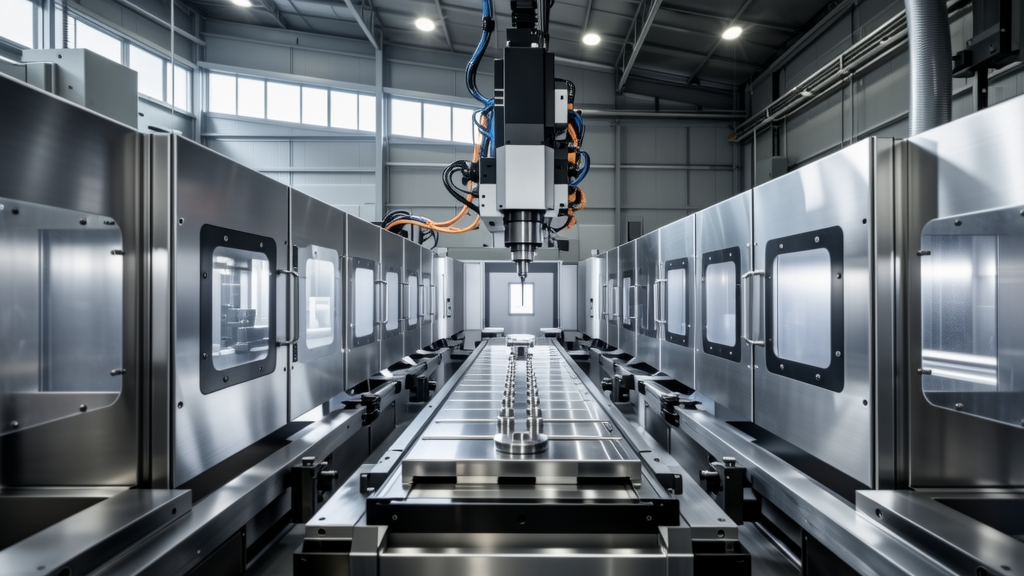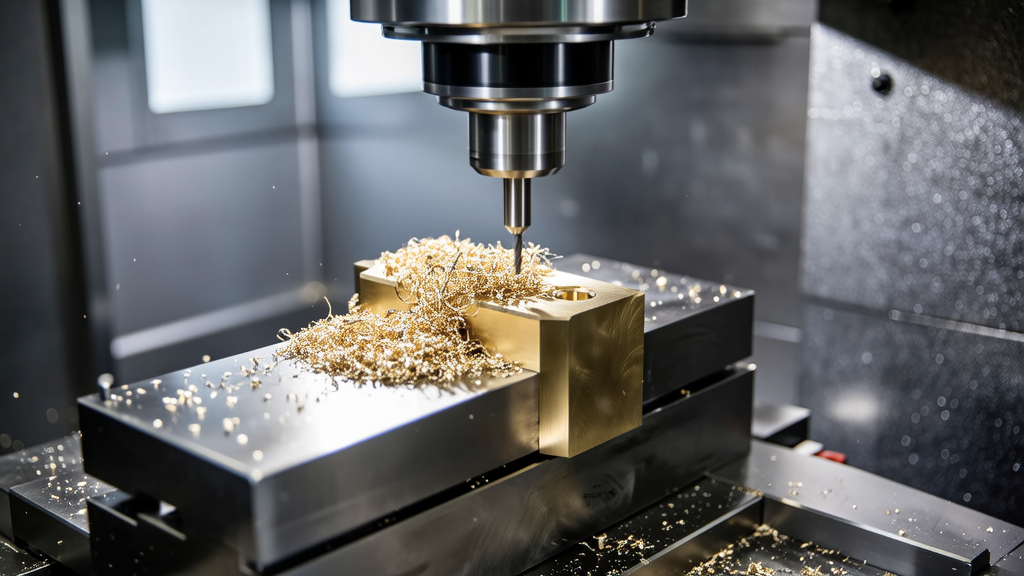We explore the cutting-edge techniques and innovations driving this trend, including automation, smart manufacturing, and advanced tooling solutions that enhance efficiency and accuracy. Additionally, the article examines the increasing integration of Industry 4.0 principles, which promise to revolutionize production capabilities and optimize supply chains.
Furthermore, we analyze market trends, forecast future demands, and discuss potential challenges that manufacturers may face as the industry grows. By highlighting successful case studies and expert insights, this piece aims to provide a comprehensive overview of how stakeholders can capitalize on the burgeoning market for aluminum enclosure CNC machining in China. Whether you are a manufacturer, supplier, or end-user, understanding these dynamics is crucial for staying ahead in an increasingly competitive environment. Join us as we uncover the future opportunities that await in this transformative field.
What future chances lie for aluminum enclosure CNC machining in China? Let’s dive right in!
The Growing Demand for Aluminum Enclosures
Have you ever noticed how many electronic devices nowadays come in sleek aluminum enclosures? It’s not just about aesthetics; aluminum is known for its lightweight strength and excellent heat dissipation properties. As a CNC machining manufacturer, I can tell you that the demand for aluminum enclosures is expected to skyrocket, especially in the electronics, automotive, and aerospace industries. Last year, I worked on a project where we manufactured custom aluminum enclosures for a local tech startup. They saw a 40% increase in product efficiency simply by switching from plastic to aluminum.
Why is Aluminum So Popular?
When you combine these characteristics, it’s clear why many manufacturers, including us at LY-Machining, are pivoting heavily towards aluminum machining. Given the rapid technological advancements, CNC machining is fine-tuning its processes to ensure efficiency and precision.
Innovations in CNC Machining
With the rise of Industry 4.0 principles, CNC machining is becoming more automated and integrated with advanced technologies. I remember attending a seminar last year where industry leaders shared insights into how AI and IoT are influencing CNC machining processes. One manufacturer mentioned that they reduced machining time by 30% due to better tool path optimization through AI.
What Technologies are Making Waves?
Incorporating these innovations offers manufacturers a competitive edge, and there’s no doubt that they can lead to substantial gains in production volume and quality.
Market Projections for Aluminum CNC Machining
Looking at market forecasts, the aluminum machining sector in China is projected to grow significantly over the next few years. According to a report by Statista, the CNC machining market in China could reach a value exceeding $370 billion by

Challenges and Mitigation Strategies
Of course, with opportunities come challenges. Some manufacturers struggle with the initial costs of upgrading technology. From my own experience at LY-Machining, investing in modern machinery was daunting at first. However, the long-term savings in labor and material costs proved to be worth it.
How to Overcome Common Challenges
By proactively addressing these challenges, manufacturers can not only mitigate risks but also capitalize on the emerging market opportunities.
Why Trust Our Insights
At LY-Machining, our commitment to quality CNC machining and continuous improvement sets us apart in the industry. I personally oversee each project, ensuring we meet our client’s specifications while adhering to best practices. As you explore the future of aluminum enclosure CNC machining, I encourage you to consider the strategies we’ve outlined and see how they might fit into your operations.
If you have any questions about how you can make the most of these opportunities, feel free to reach out. Let’s explore how we can navigate this landscape together!
What are the key benefits of using aluminum for enclosures?
Aluminum is known for its lightweight and durable nature. It’s corrosion-resistant, which means it can withstand harsh environments, making it ideal for many industries.
The heat dissipation property of aluminum also makes it a popular choice for electronic devices, helping to keep them cool during operation.

How is CNC machining evolving with new technologies?
CNC machining is becoming more automated with the integration of IoT and AI, enabling real-time monitoring and predictive maintenance. This helps reduce downtime and increases efficiency.
Advanced software is also enhancing the design and machining process, making it possible to create more intricate shapes than ever before.
What challenges do manufacturers face in aluminum CNC machining?
One of the main challenges is the initial cost of new technology and equipment. Many manufacturers feel hesitant to invest without guaranteed short-term returns.
Additionally, supply chain disruptions can lead to delays in acquiring essential materials, which can impact production schedules.
What trends are driving the market for aluminum CNC machining in China?
Market projections indicate significant growth in the CNC machining sector, expected to exceed $370 billion by 2025, driven by rising domestic consumption and export demands.
The increasing need for lightweight materials in automotive and aerospace industries further fuels this demand, making aluminum enclosures even more critical.
How can companies effectively train their workforce for new technologies?
Investing in training programs is vital. Workshops and online courses can equip your team with the skills needed to operate new machinery and software efficiently.
Mentoring experienced employees to share their knowledge also fosters a culture of continuous learning, helping everyone adapt to advancements in CNC machining.








